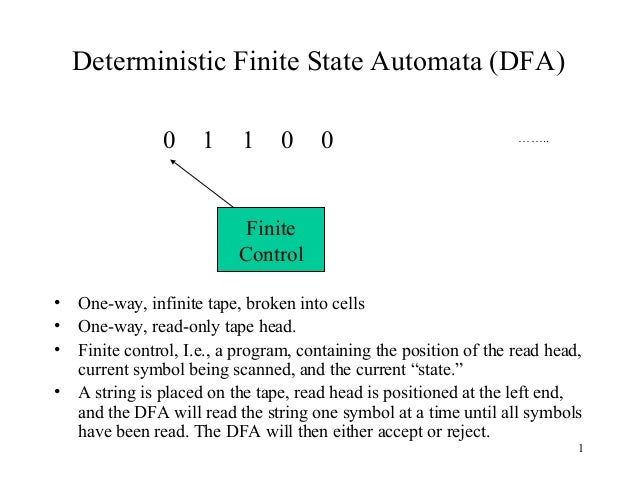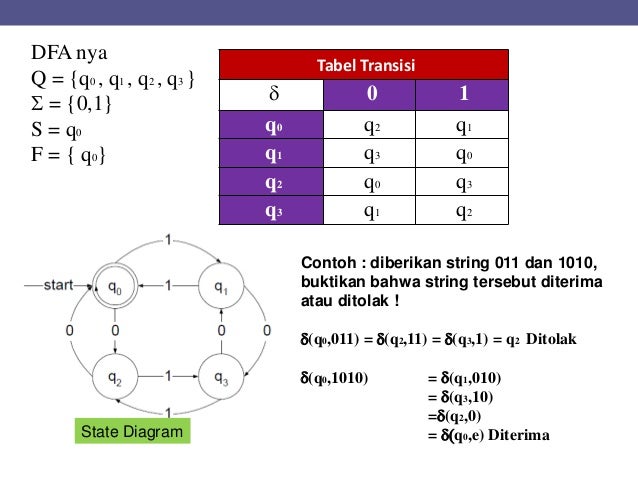

Here is the machine's behavior for all possible machine sequences. It receives 10 cents again and switches from q4 to q5, then the gate opens.It receives 5 cents again and switches from q3 to q4.It receives 5 cents and switches from q2 to q3.It receives 10 cents and switches from q0 to q2.q5 if it has collected 25 cents or moreĪssuming a driver initiates a sequence (10, 5, 5, 10), the machine switches as follows:.q0 the state whereby it has not collected any coins.The machine will therefore have the following six states: So to got through a driver will insert a sequence of coins into the machine and it decides to either open the gate or keep it shut. We only have 5, 10 and 25 cents denominations. The amount for the gate to open is 25 cents. When a car arrives at the gate it is currently closed and after the car owner pays a sum of money, the gate opens. Let's try to design a computer that controls the toll gate. The above image shows a toll gate that demonstrates how automaton shows up in a natural way.

This depends on if the pattern defined in the automata is in the input.Ī finite automaton will consists of a set of states, start state, end state and a set of transitions. Given a string it either accepts it or rejects it. Table of contents.įinite automata is an idealized machine used to recognizing patterns in an input that is taken from a characters set. In this article, we discuss finite automata, a state machine that takes a regular expression and changes its state accordingly for each literal and when the transitions reach the final state, the string is accepted and thus it is said to be a valid token of a language.


 0 kommentar(er)
0 kommentar(er)
